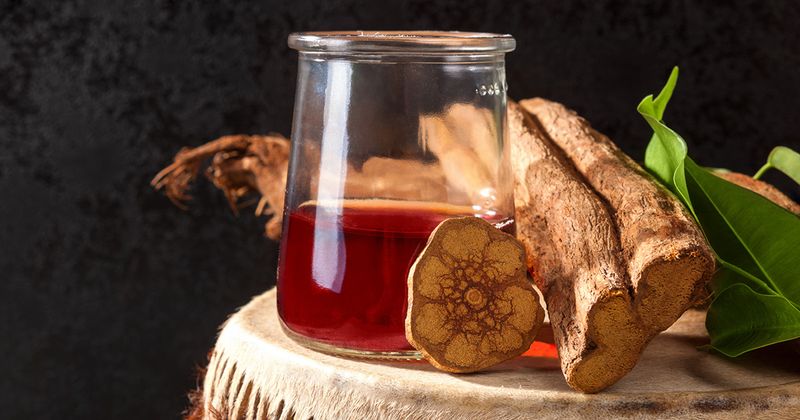Ketamine linked to optimism, lowered depression within 4 hours for those with TRD
Belief updating was more optimistic and depression decreased as soon as 4 hours after initial ketamine infusion in those with treatment-resistant depression compared with healthy controls, per a study published in JAMA Network Open.
“Pharmacological studies on healthy participants have shown that ketamine disturbs the belief-updating process by changing the way participants update their beliefs when faced with new information,” Hugo Bottemanne, MD, of the Paris Brain Institute at Sorbonne University in Paris, and colleagues wrote. “Moreover, another study on [major depressive disorder] has shown that a single ketamine infusion can produce a sustained improvement in depressive beliefs.”

Researchers sought to examine whether ketamine administration alters belief updating and how subsequent cognitive effects are associated with the clinical effects of ketamine.
The observational case-control study utilized a mixed-effects design that nested two groups by two testing time points. A total of 56 individuals (52% male, mean age 52.3) were included, 26 with treatment-resistant depression (TRD) and 30 healthy volunteers. Participants in the depression group had been diagnosed with major depressive disorder or bipolar depression, had a Montgomery-Åsberg Depression Rating Scale (MADRS) score greater than 20, a Maudsley Staging Method score greater than 7, and failed to respond to at least two prior antidepressant trials. Those in the depression group were observed 24 hours before initial ketamine infusion, 4 hours after the infusion and then 4 hours after the third infusion, which occurred 1 week after the first infusion. Healthy control participants were observed twice, without exposure to ketamine, 1 week apart. The primary outcome was MADRS score and belief updating after belief updating when patients received good news and bad news, measured by a cognitive belief-updating task, and then mathematically formalized by a computational reinforcement learning model. Data were collected from January 2019 to February 2019 and from May 2019 to December 2019 and analyzed from January 2020 to July 2021.
Results revealed that individuals with TRD updated their beliefs more after good than bad news following a single ketamine infusion (controlled for age and education: =0.91; 95% CI, 1.58 to 0.24; t216=2.67) than controls, and that treatment with ketamine resulted in a rapid and significant decrease in MADRS scores 4 hours after infusion. Computational modeling showed that this effect was associated with asymmetrical learning rates (LRs) after ketamine treatment (good news LRs after ketamine, 0.51 [SEM, 0.04]; bad news LRs after ketamine 0.36 [SEM, 0.03], t25=3.8) and partially mediated early antidepressant responses (path a*b: =1.00 [SEM, 0.66]; t26=1.53; z=1.98).
“These findings shed light on the possible mechanisms underlying ketamine’s rapid antidepressant effects, and pave the way toward the use of ketamine-augmented psychotherapy protocols,” Bottemanne and colleagues wrote.

